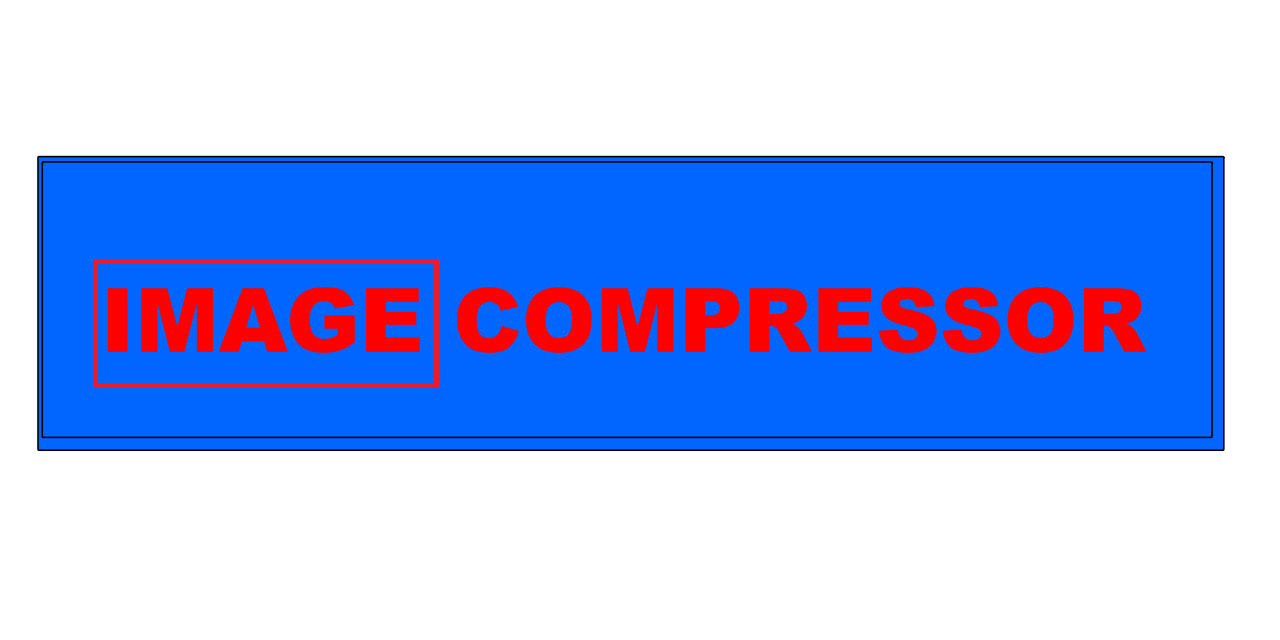This is a Free Online Tool to Compress JPEG Images to lowers file sizes.


Convert PNG Images to JPG Instantly With No Software
- Begin by locating the PNG file you wish to convert. You can select it from your desktop folders, mobile gallery, or a cloud service like Google Drive or Dropbox.
- Click the “Upload Image” button to begin. The upload will start automatically, with no configuration required — just select and go.
- Once the upload completes, our system processes the file, converting it into a high-quality JPG version within seconds. A download link will be provided as soon as the process finishes.
- Click “Download JPG Image” to save the converted file directly to your device. The service is entirely free and doesn’t require you to register or install anything.
Why It’s Useful to Convert PNG Files into JPG
Explore the practical benefits of switching from PNG to JPG format for your image needs.
JPG files are typically much smaller than PNGs, which helps speed up website load times and reduces storage space usage — a major advantage for developers, content creators, and everyday users managing hundreds of images.
In addition, JPG is a universally accepted format compatible with virtually every browser, mobile app, editing tool, and device. This makes sharing and displaying images easier and more consistent across different platforms.
If your project doesn’t require transparency or pixel-perfect image editing, switching to JPG is a smart way to streamline performance and accessibility.
Understanding the Difference Between PNG and JPG Formats
Learn when to use PNG and when JPG is the better choice.
PNG (Portable Network Graphics): Ideal for visuals where image clarity and background transparency are important. It uses lossless compression, preserving every detail — perfect for graphic design, user interface elements, and logos.
JPG (Joint Photographic Experts Group): This format is optimized for visual content like photos, social media images, and web galleries. It uses lossy compression, balancing image clarity with file size efficiency.
In summary, use PNG when you need sharp details and transparency. Choose JPG when you prioritize speed, storage savings, and platform compatibility.
Best Free Tools for Converting PNG to JPG Format
There are numerous free online tools available that make converting PNG files to JPG extremely simple. Websites like CloudConvert, ILoveIMG, and ImageConvert.org allow you to drag and drop files and convert them instantly with just one click.
These platforms often include extra options such as adjusting resolution, customizing image quality, and even converting multiple files at once through batch processing — making them perfect for professionals and casual users alike.
If you prefer desktop software, apps like Paint 3D (Windows), GIMP (open-source), and PhotoScape (Windows/Mac) offer offline conversion with more editing features, like resizing, cropping, and color adjustments.
Maintaining Image Security and Quality During Conversion
How to ensure your image remains private and visually intact during conversion?
Use trusted services that use HTTPS connections and state clearly that uploaded images are automatically deleted after processing. This keeps your files safe, especially if you're working with personal or professional documents.
Look for tools that allow you to manually set compression levels or export quality. This ensures your final image maintains the right balance between size and visual detail.
For peace of mind, keep your original PNG files stored securely in case you want to reconvert them with different settings or use them for higher-resolution needs later.
Other Methods to Change PNG Files to JPG Quickly
If you don't want to use an online tool, you can open the PNG file in any default image viewer or editor, such as Preview (Mac), Photos (Windows), or your phone’s gallery app. Then use “Save As” or “Export” and choose JPG as the output format.
Mobile apps like Snapseed, Lightroom Mobile, or Photo Editor Pro also support PNG to JPG conversion along with advanced photo editing features such as filters, exposure adjustments, and resizing.
For automation lovers, platforms like Zapier or IFTTT can be configured to convert PNGs to JPGs whenever a file is uploaded to services like Google Drive — helping streamline team workflows or personal file management.
Boost Your Workflow with JPG Conversion
JPG is a lightweight, flexible, and efficient format that suits most digital content needs. Whether you're optimizing images for a blog, preparing a social media post, or reducing file sizes for a portfolio upload, JPG simplifies everything.
By converting PNG to JPG, you speed up uploads, reduce hosting costs, and ensure your files are viewable on every device — making your work more productive and more accessible for your audience or collaborators.
Try it today and experience the convenience of lightning-fast image conversions without installing software or creating accounts. Convert, download, and keep creating — all in a matter of seconds.